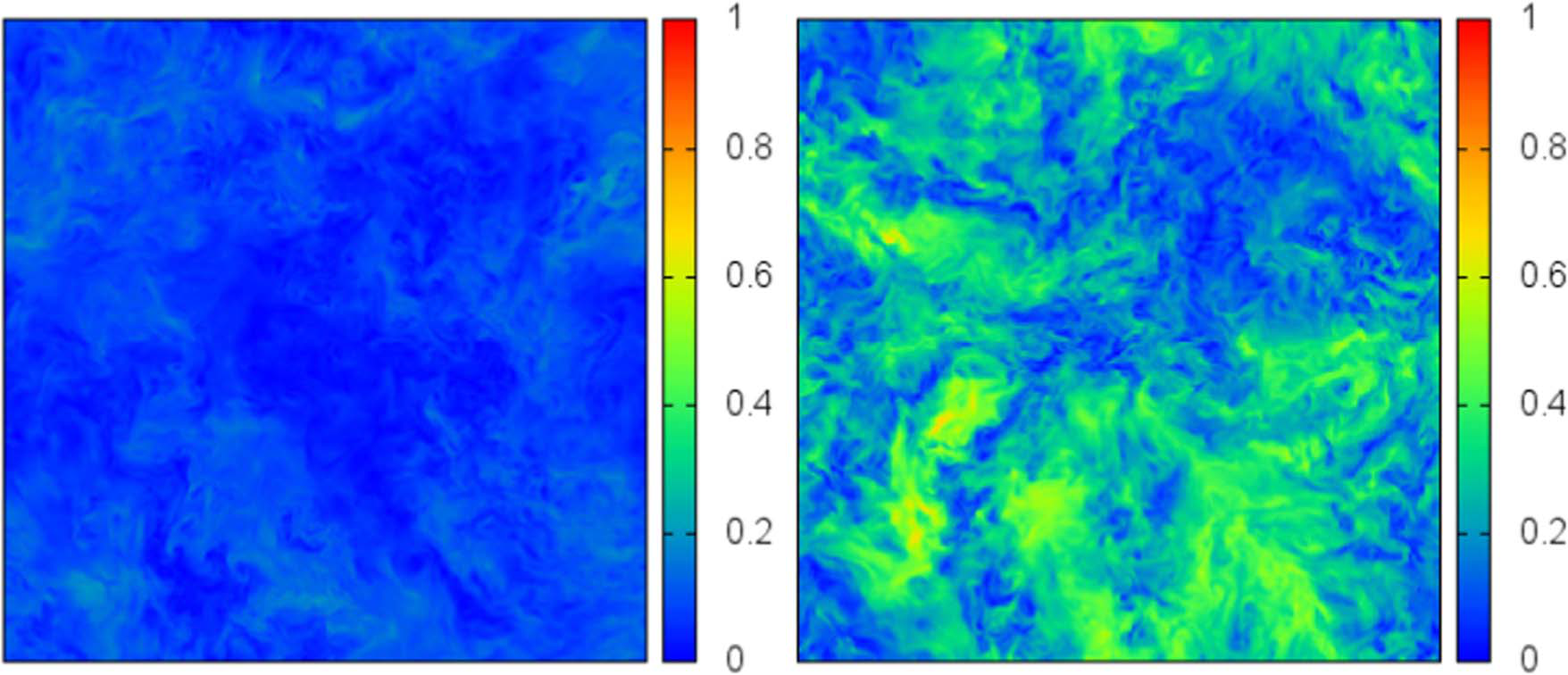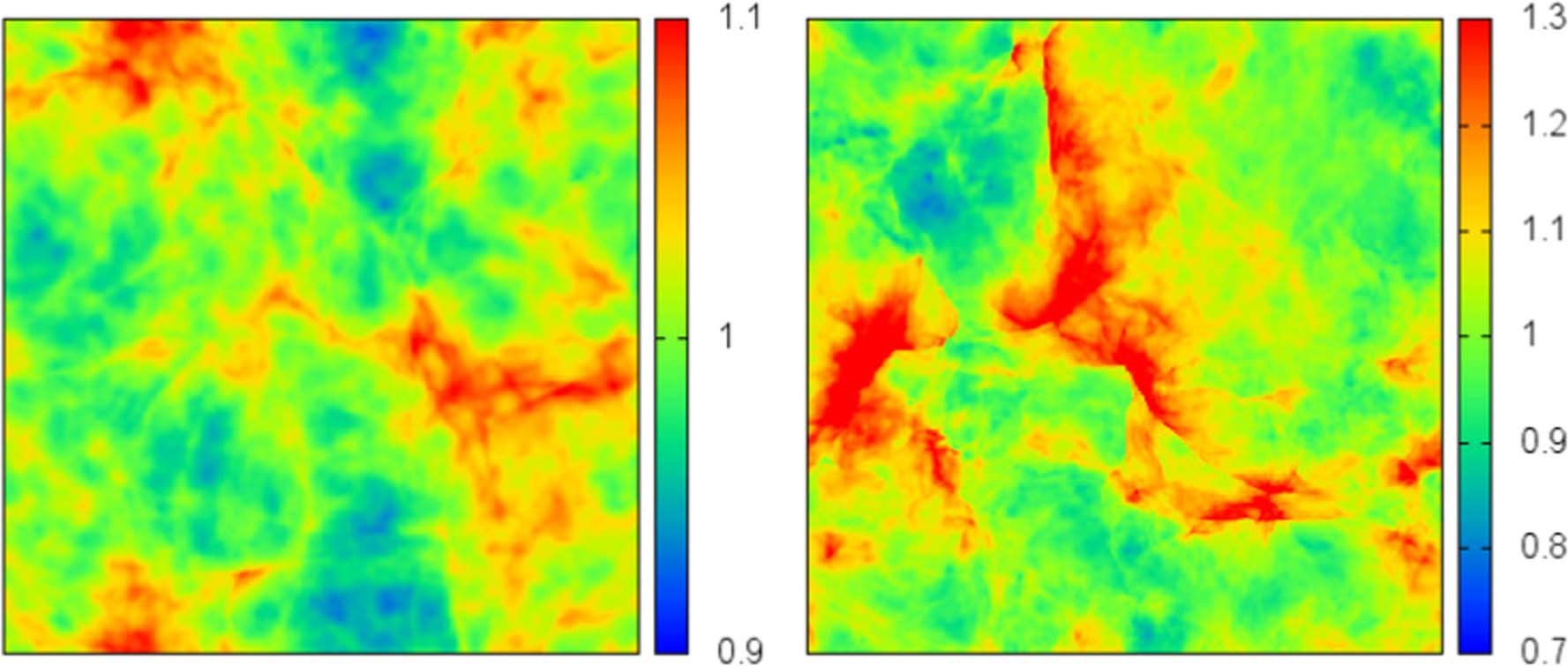研究成果・発表論文
Effects of the Compressibility of Turbulence on the Dust Coagulation Process in Protoplanetary Disks
Sakurai, Yoshiki, Ishihara, Takashi, Furuya, Hitomi, Umemura, Masayuki, & Shiraishi, Kenji
要旨
Planetesimals are believed to be formed by the coagulation of dust grains in the protoplanetary disk turbulence. However, the bouncing and fragmentation barriers have not been completely solved, particularly for silicate dust. To circumvent these barriers, the turbulent clustering of dust particles must be properly treated. According to the minimum-mass solar nebula (MMSN) model, the Mach number of the turbulence ranges from Mrms ≈ 0.01-0.32, and thus the turbulence is often regarded as essentially incompressible. However, it has not been quantitatively investigated whether the incompressible limit is adequate for protoplanetary disk simulations. We therefore compare in this study the motions of inertial particles in direct numerical simulations (DNSs) of the Navier-Stokes equation between weakly compressible turbulence and incompressible turbulence. In the DNSs of compressible turbulence, we use an external force to set the total dissipation and the dilatational-to-solenoidal dissipation ratio. The DNSs reveal that despite the small Mach number Mrms( ≲ 0.3), the compressible turbulence field notably differs from the incompressible field in terms of the density fluctuations, pressure fluctuations, and shocklet generation, depending on the ratio of the dilatational forcing. However, we quantitatively confirmed that these effects on the particle collision statistics are weak and that the motion of inertial particles in weakly compressible turbulence is dominated by the solenoidal velocity components. Therefore we can conclude that the incompressible assumption is appropriate for an investigation of the dust coagulation process in protoplanetary disk turbulence, as assumed in the MMSN model.







 Ja En
Ja En